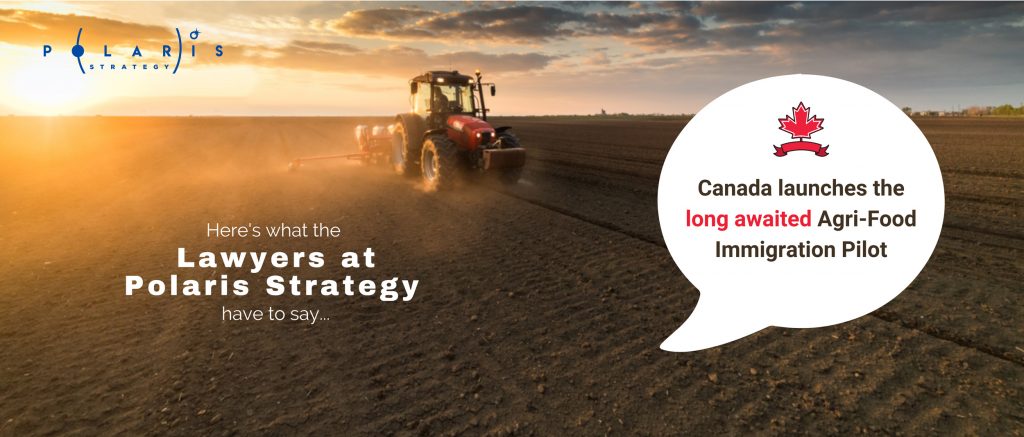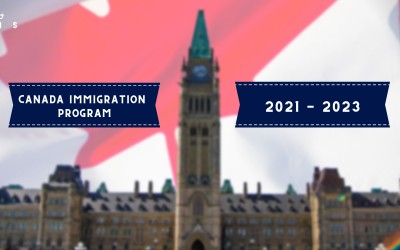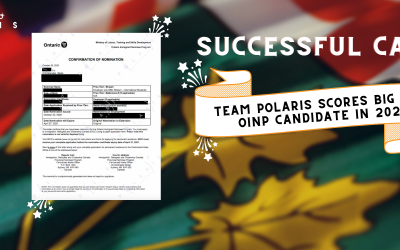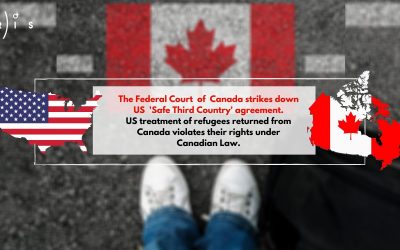Do you think the Canadian Agri-Food Immigration Program is the right one for you?

Here’s all you need to know about it…
What is it:
The Agri-Food Immigration Pilot is a test pathway to permanent residence for permanent (non-seasonal) temporary foreign workers in certain occupations in agriculture and food processing. The goal of the program is to help Canadian food producers with what has been a chronic shortage of workers. The program was announced in 2019 but has just recently opened to applicants.
What are the requirements?
The program is open to applicants with job offers in certain eligible industries and occupations. The eligible industries are:
- Meat production
- Livestock production
- Greenhouse production, including mushrooms
The eligible occupations are:
- Retail and Industrial butchers
- Farm supervisors and specialized livestock workers
- Food processing laborers
- General farmworkers
- Harvesting laborers.
For a job offer to qualify it must be in an eligible industry, and an eligible occupation.
In addition, the applicant must have:
- Language proficiency of at least CLB 4 in all categories
- A Canadian high school diploma, or assessed equivalent
- Sufficient funds to settle in Canada (the amount depends on family size, but is relatively minimal)
- At least one year of full-time work experience in an eligible industry and occupation, in Canada, while on an LMIA supported work permit (work experience obtained on an open work permit does not qualify)
Advantages:
- Low financial requirement and no net-worth verification
- Non-competitive, no points system or EOI process
- Fast, no accumulated processing backlog
- Low language requirement
- No residential restrictions except Quebec
Process analysis:
One real benefit of this program is a simple application procedure. It is a one step application, an applicant who meets the requirements can apply directly for PR, they do not have to be selected from a pool of applicants, nor do they undergo a multi-stage application procedure. During the processing of the application, the applicant will receive instructions to provide biometrics and to undergo a medical exam. The authorities have not yet published estimated processing time for this application pathway, as it is brand new.
The program does not, however, offer an independent pathway through which prospective applicants can find a job with an available LMIA, in order to gain the required work experience. Employers will need to obtain LMIAs in the usual way, and prospective applicants will need to find those employers, obtain a work permit, and accumulate experience as a temporary foreign worker before they can apply to this program
A brief comparison with the caregiver program:
This program could be compared with the caregiver pilots – really the only other industry-specific federal permanent residence program. Besides the fact that they are in different industries, there is one key difference between the programs, under the caregiver programs applicants can apply after they have a job offer, but before they get their work experience. Their potential employer is able to employ them without obtaining an LMIA and they are issued a work permit under the caregiver program. After working for two years on this occupation-specific work permit, they can apply for permanent residence using a similar process to the Agri-Food pilot. The difference is the Agri-Food pilot does not include a mechanism to bring workers to Canada to get the experience they need – they must do that independently using the existing temporary foreign worker system.
Recent Posts
- Canada Releases 2021-2023 Immigration levels plan
- Team Polaris scores a big win for Ontario Immigration Nominee Program (OINP) Client!
- OINP announces its intention to enact regulatory amendments for Employer Job Offer Stream
- Another win for Team Polaris: Successful Self-Employment Case of a Football Coach from China
- Know all about the revised Canadian Work and Study Visa Permit rules under COVID-19






